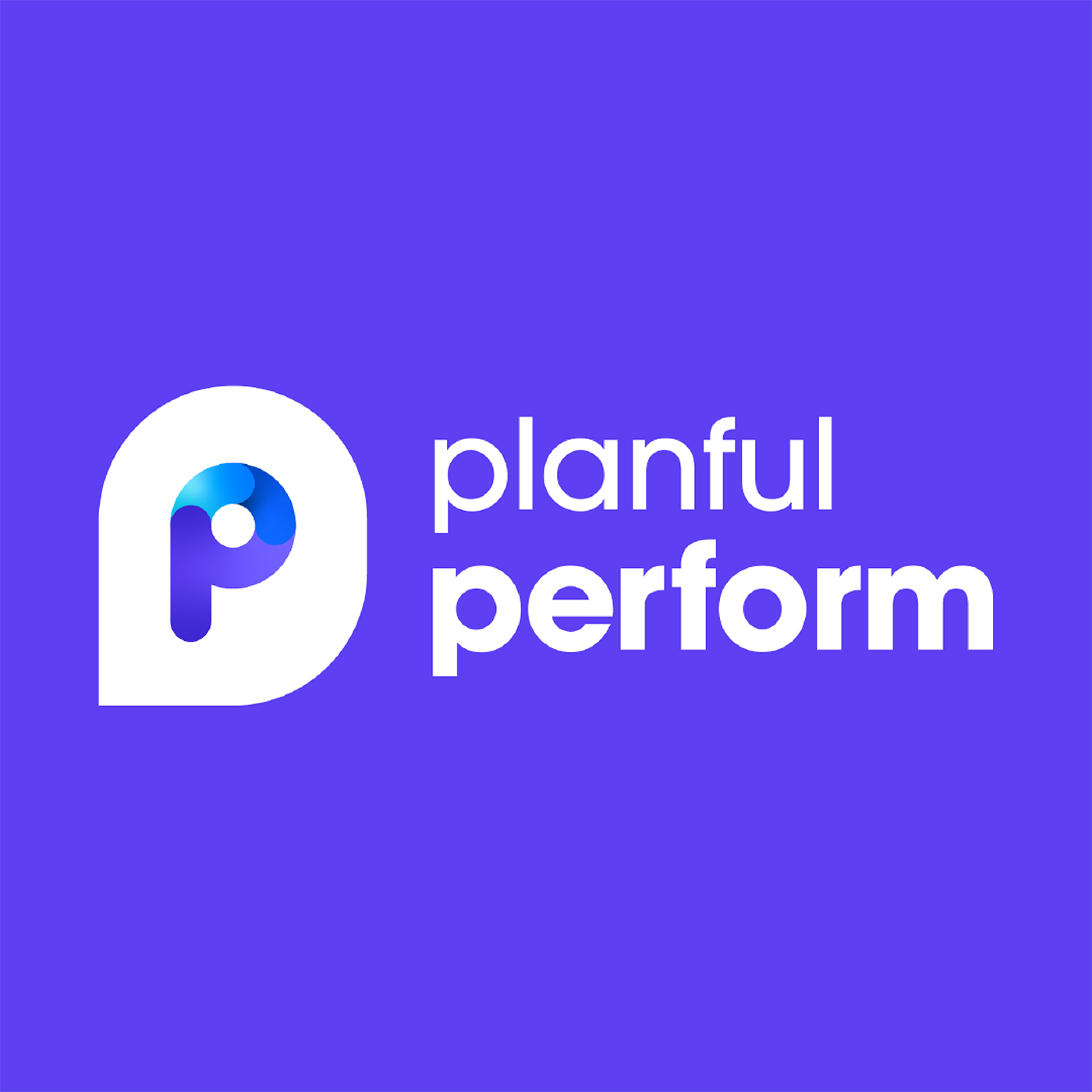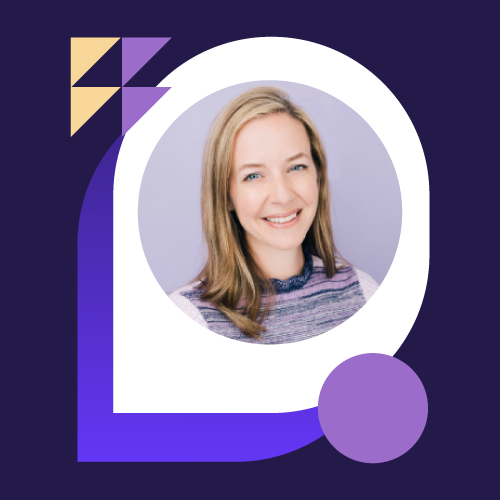Explore Every Option With Scenario Analysis with Lauren Vysohlid
- 0.5
- 1
- 1.25
- 1.5
- 1.75
- 2
Lauren: Good morning and good afternoon, wherever everyone is today. Thank you for attending this session. My name is Lauren and I'm a solutions consultant here at Planful, and I'm super excited to be running this session for you all today. A little bit about me, I'm kind coming to you live from our studio in Vancouver, Canada. I have a bit of a unique and a bit of a different background than you might anticipate. I studied and practiced as a chemist and chemical engineer for a number of years. I came to the realization that I loved working with people, building relationships, and had a passion for finance. I decided to pivot, went to graduate school, shortly after that found my way at Oracle, where I was working as a client success manager for their ERP systems. The last few years, I've been a solutions consultant in the Fintax phase and have been loving everything about it. Awesome. I'm going to go ahead and we're going to start. I'll share my screen. We're going to dive into our topic today. Now in today's session, we're going to be discussing how our clients are leveraging scenario analysis to allow them to test the robustness of feature decisions, understand the potential impact of unexpected influences, and identify potential opportunities and threats. Rather than spending weeks doing manual analysis, Planful allows for fast, accurate scenario analysis, and lets you course correct within hours. Scenario analysis is a method for creating responses to various future events with the aim of reducing uncertainty and maximizing the chances of achieving a desired outcome. In today's session, we will be discussing the common themes, challenges we hear from companies who are doing manual scenario analysis in Excel today, and how that puts constraints on their current processes, talk about how Planful can transform this process and walk through a demonstration. Companies require scenario analysis to understand the potential impact of external influences, identify potential threats and opportunities, and the ability to test decisions so that they can understand and analyze the breadth of scenarios that could take place. The expectation to course correct is a matter of hours or days rather than weeks or months. While Excel has powerful tools, its ability to analyze scenarios is somewhat limited by factors such as a cumbersome method for adjusting variables, along with a limited capacity to handle large number of variables. When companies leverage Excel to do scenario analysis, time is spent on manual tasks such as exporting data and aggregating data from multiple source systems, building and maintaining model in a disconnected environment. With Planful, you have the flexibility and agility to run ad hoc analysis and build driver- based scenarios for any occasion so that you can understand the impacts instantly. In moments of crisis, finance teams are like first responders. You're required to immediately analyze and pivot as a result of changes to the economic environment, inflation and interest rates, strength of the dollar, the list goes on. Just think back to the past 18 months and on how many different occasions you all had to make strategic changes based on data driven results. If you are using Excel to accomplish this, it can be a frustrating and time consuming activity. The great news is, with Planful you can harness the power of centralized data, and you can be confident in your ad hoc analysis and explore data from every angle. Now, with that, we're going to go ahead and jump into a demonstration of the Planful solution. What I'm now sharing is what we refer to as our dashboards within the Planful solution. Now, the dashboard is where you get visibility into financial and non- financial data in a single view in a secure and controlled fashion. Planful is data system agnostic and we typically are bringing in data from multiple different source systems, such as ERP systems, CRMs, HRIS systems for our clients so that they can self- serve, build out dashboards that encompass both financial and non- financial data all while being in a finance owned solution. The dashboard is a great destination to not only monitor and measure metrics tied to the company's strategic plan, but by having all of the data in one place, the platform brings to the surface where your attention should be, provide the ability to self- serve, and complete the necessary actions, whether that's to drill through on a spike that you're seeing and understand at that transaction level why is there this spike that we're seeing on our dashboard? Whether that's coming in and applying filters across visualizations or coming in and interacting with that data. Now, what we're seeing here is one of our visualizations, which is a scenario by account. This is where we're looking at a comparison of accounts across different scenarios. The scenarios that we have are our actuals, our 2021 operating plan, long range plan, what if, and our 2021 forecast. Now this is interactive, so I can easily toggle on and off different scenarios. If we look at our what if scenario, you notice that there's no values on this specific chart. In this demo, what we're going to walk through is an exercise of running an ad hoc analysis for our what if scenario. Now, we can have this exercise marked as a task within the Planful task manager. Think of all of the activities that are required today around planning, reporting, dashboards, the list goes on. You can leverage the Planful task manager to map those tasks to one or multiple Planful users. You can use it to track what and where things are at, and it starts to create that accountability across the team. Now, in today's world have working remotely is the norm, so there isn't so much of the opportunity to walk over to someone's desk, ask them to do something. Everything is happening through multiple different channels. The Planful task manager can become that one stop shop to track all of those activities, and it can even act as that launching point. I know I need to come in and complete my scenario analysis and I can leverage the task manager to bring me to that area of the application where I need to complete that work. Now, a good story I like to tell is... and a Harvard Business Review discusses this, is how scenario analysis helped the company, Shell, anticipate the energy crisis and the oil collapse, as well as take preemptive actions to mitigate the impacts. However, their manual approach took a considerable amount of time and resources. They struggled with the accuracy of data and they had an entire team dedicated to scenario analysis, which was very, very costly. Costly to the point where they even considered shutting down its scenario planning team on several different occasions. Whereas with Planful, we can eliminate these challenges by empowering users to self- serve and complete ad hoc analysis within minutes. Now, what we're looking at here is we're comparing different scenarios for our lines of product. Then we have our P& L accounts at the bottom here. We're looking at it across all cost centers and for the consolidated company. Now, just like all other areas of the Planful application, we can select from the dropdown what is it we would like to be reflected in this table. Our solution is completely configurable, so you can decide if you want to have filters. If so, what filters do you want to have so that when you're slicing and dicing the data it's happening in a way that's meaningful for your organization. Now, if we pay attention to this chart at the bottom here, what you're going to notice is we have values populated for our actuals, our annual operating plan, and our forecast, but we want to work now with our, what if scenarios. Our goal here, when companies are running that what if scenario analysis they really want to evaluate what is that potential best case, what is that potential worst case scenario, or even they're being asked in a business meeting, what if this value was X% higher or what if it was the value of Y? Being able to pivot on the fly is an expectation, but accomplishing this talk down adjustment in Excel is very tedious and a time consuming activity. With Planful, we can leverage what we call our break back functionality. You don't have to do all of those manual calculations to define our what if scenario. With Planful, we can leverage our break back, I can reference a specific scenario, and we can let the solution do that calculation for us. Now, again, I'm not going to have to manually input those values, but rather reference another scenario and eliminate that manual work that would have to happen in a tool like Excel. Now, once it runs that break back, what we're going to see is we're going to see our what if scenario be a mirror for our 2021 forecast. We can verify that when we look at this variance on the right hand side, where it's comparing our forecast versus our what if, and all of those values are zero. We could do the same thing for our product lines. If we wanted to use that break back functionality, I can again, reference a scenario and all of that manual work is now being automated for me. Now, we have demonstrated this break back functionality in the Planful web application. However, this is also available in Excel through our direct integration to the Microsoft Office products. You have that flexibility and that option to complete this activity in the web application and in Excel. Now, what if we wanted to increase our net operating income by 3%, but we want to hold our travel and entertainment account constant? We can leverage the break back functionality again to complete that activity. We can hold any dimension member constant, in this case, we're going to hold that travel and entertainment account constant. Just like before, we're going to go ahead and run that break back. It's going to do all of that map, all of that calculation for you. That flexibility to analyze and explore data from every angle, at any level of the company, allows you to support and compare the different changes that could be happening in the organization, and have that align with your executives and with your business partners. The solution has now done that calculation for us. We can see this uptick in net operating income by 3%, and that change trickled down across all of our accounts. Now, because we held that travel and entertainment account constant, we can see that variant still has that value of zero. Now, because all the Planful solution is a connected and collaborative environment, if we navigate back to our business performance dashboard, what we're going to see is when we revisit this scenario by account visualization, we're going to see that it's now populated with that what if scenario with those values that we were just playing with with that break back functionality. Now that I've completed my task, what I can do now is I can navigate back to my task manager. I've completed my scenario analysis. I can change that status to let my team members, to let my boss know I've gone ahead, I've completed this what if analysis. The dashboard of course automatically updated for me, and I can mark that as something that I've completed. Our goal with scenario analysis is that we want to empower users to be able to investigate both financial and non- financial data in a single view, adjust at any level of business and see immediate results, and allow you to have the control over your version management. Now, this is a great quote that was shared with us from one of our clients, Olivia, at Tandem Diabetes Care. Here she highlights how scenario analysis has, as she deemed a lifesaver, for how they're doing comparing one scenario to another other within the Planful solution. This is awesome feedback that we received from Olivia. Really validates what we've talked about in today's session. Now, the business world is dynamic, it's competitive, and because the external environment often drives the need for change, organizations need to hone their abilities to manage uncertainty. Planful allows companies to quickly assess and pivot their business based on data driven results, have more confidence in their decision making, and provides flexibility in how they can accomplish this. I really appreciate all of you taking your time out of your day to join me for this session. I know there's a ton of more exciting sessions to come today, so I hope you are attending those as well. Hope you enjoyed this, and Cam, I'm going to go ahead and hand it back over to you.
DESCRIPTION
Businesses need the agility to quickly pivot through constant uncertainty, but need the time to weigh different options before decisions are made in haste. Learn how Planful eliminates the drag of manual analysis and replaces it with fast, accurate scenario analysis that lets you course correct in hours, not weeks. You’ll also see how to quickly evaluate dozens of scenarios, incorporate key insights and drivers, and instantly understand the impact on your business.
Today's Guests








